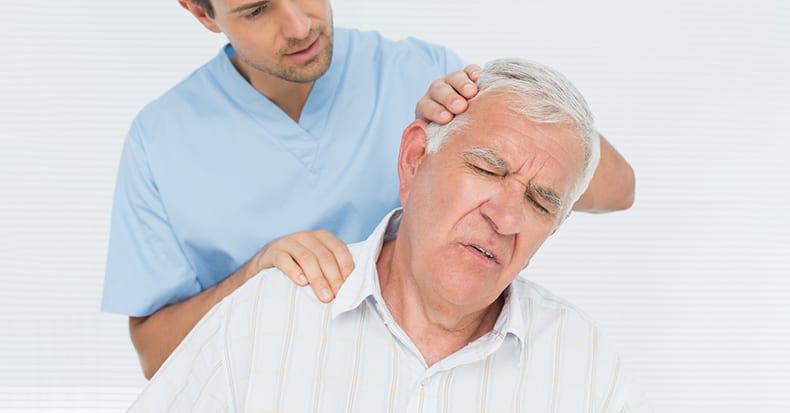Newest Articles
There are MANY different types of headaches, of which migraines are a common type. This discussion will concentrate on some unique characteristics that are associated with migraine headaches. This information may help you understand what type of headache you’re having. A unique feature of migraine headaches is that prior to the start of the headache, [..]
Low back pain (LBP) is the second most common cause of disability among adults in the United States (US) and a very common reason for lost days at work. The total cost of back pain in the US, including treatment and lost productivity, ranges between $100 billion to $200 billion a year! Is low back [..]
Do 90% of Patients with an Acute Episode of Low Back Pain Resolve within 2 Months, with or without Treatment?This month we are going to discuss the commonly held clinical thought and apparently well documented fact that 90% of all acute low back pain episodes ultimately self-resolve within a 60 day period.It would appear that [..]
In Part 1, we discussed dietary approaches for the cancer patient
such as the Paleo or “caveman” diet, the Mediterranean Diet, and the
DASH (Dietary Approaches to Stop Hypertension). We also began the
discussion of how to supplement the diet to optimize health
for the cancer patient with a firm warning that these approaches DO [..]
The utilization of chiropractic spinal adjusting for the management of low back pain is increasingly less and less controversial. As an example, in December of 2011, the journal Alternative Therapies Health Medicine, published a study titled (1):Cerebral metabolic changes in men after chiropractic spinal manipulation for neck painThis study has 9 authors who are from the Division [..]
Whiplash
is a non-medical term typically describing what happens to the head and
neck when a person is struck from behind in a motor vehicle collision.
Let’s look at some basic facts about whiplash:Before cars, trains were the main source of whiplash and was called “railroad spine.”Better
terms for whiplash injuries include “cervical
acceleration-deceleration” (CAD) [..]
Confirming the diagnosis of fibromyalgia
(FM) is challenging, as there are no blood tests to verify accuracy of
the diagnosis like so many other disorders. However, blood tests are
needed when FM is suspected to “rule in/out” something else that may be
mimicking FM symptoms. Also, FM is often associated with other disorders
that are [..]
The goal of any treatment approach for Carpal Tunnel Syndrome (CTS) is to return the patient to normal. That means addressing all OTHER health-related conditions that can cause CTS such as diabetes, hypothyroidism, birth control pill use, pregnancy, rheumatoid arthritis (and many of the other related arthritic-like disorders), as well as double or multiple crush [..]
Neck pain represents a major problem for people throughout the world with considerable negative impact on individuals, families, communities, healthcare systems, and businesses. In fact, it's estimated that up to 70% of the general population will have neck pain at some point in life. Recovery within the year from neck pain ranges between 33% and [..]
Low back pain (LBP) is the second most common cause of disability in the United States (US) and a very common reason for lost days at work with an estimated 149 million days of work lost each year. The total cost associated with this is astronomical at between $100-200 billion/yr, of which 2/3rds are due [..]
The Misunderstanding of an Important Player in Obesity, Arthritis, and Pain SyndromesScientific publications have noted for nearly seven decades that obesity increases the risk of osteoarthritis. A recent search (08/08/2013) of the US National Library of Medicine using the PubMed search engine (www.pubmed.gov) with the words “obesity AND osteoarthritis” revealed 1,310 studies. These studies spanned between [..]
With the side effects related to cancer treatments, why not try to
enhance our body’s ability to “fight"? The use of nutrition-based
treatment is NOT to be misunderstood as a standalone treatment, but
rather, as an adjunct treatment alongside convention cancer management,
varying by the type of cancer. With that said, what are some dietary [..]













